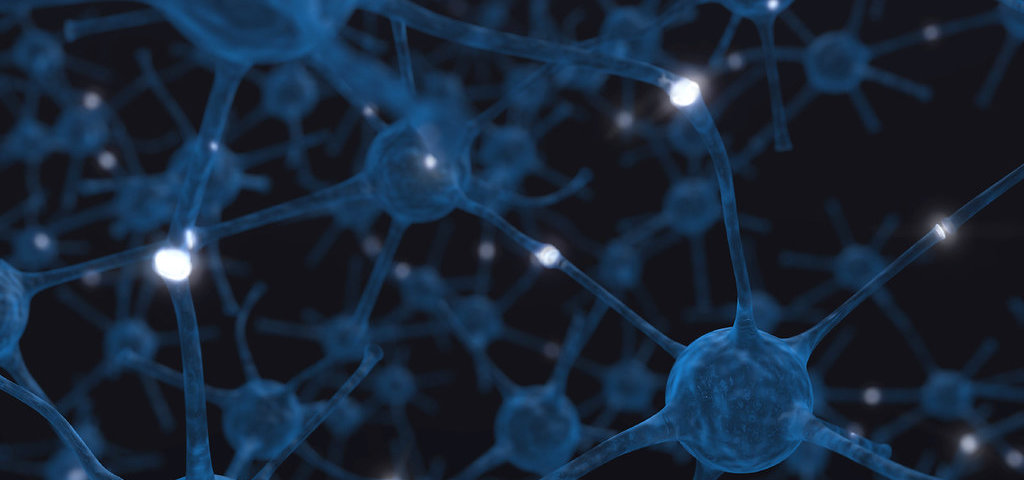A new tool to understand the brain
How does our brain work? An international team of researchers, including lead author Daan Brinks of TU Delft, has taken another step towards answering that question. They have created a new tool that allows them to image electrical signals in brains with an unprecedented combination of precision, resolution, sensitivity, and depth.
Apart from being one of the grand scientific challenges of our time, understanding the brain is of the utmost importance to find treatments for the many disorders of the nervous system, such as dementia and Parkinson's disease. Fundamentally, the signals and calculations in the brain are processed in the form of bioelectricity: changes in the voltage across the membrane of brain cells. So to understand the brain, we need to decipher these signals and link them to behavioral outcomes.
Past limitations
In the past decades, significant efforts have been made to create tools to visualize brain signals. These, however, all have their limitations. For instance, they lack the precision to identify specific cells, or the sensitivity to detect small fluctuations in bioelectricity in parts of brain cells. Also, for certain methods the time resolution to resolve the full calculations that brain cells perform is insufficient, or they are unable to detect signals deep enough in brain tissue to piece together how these calculations are performed in intact networks of cells.
New tool
An international collaboration of scientists, including lead author Daan Brinks of TU Delft, have now combined genetic and optical engineering to create a tool that allows researchers to image electrical signals in brains with an unprecedented combination of precision, resolution, sensitivity, and depth. “For the first time, we can image the electrical signals as they propagate along the protrusions of brain cells deep within a mouse brain”, Brinks says. “We can use this ability to try to understand how parts of cells, cells, and networks of cells generate and process the electrical signals that lead to creatures thinking, remembering, and behaving.”
Engineering sensibility
In the context of the TU Delft, this is an interesting development since it is characteristic of a group of new, young researchers that have started their independent labs there in recent years, push TU Delft in new research directions and bring an engineering sensibility to the quest to fundamentally understand the brain. These researchers are creating novel tools to see new aspects of the brain and expand our understanding of this most important and fascinating of organs.

